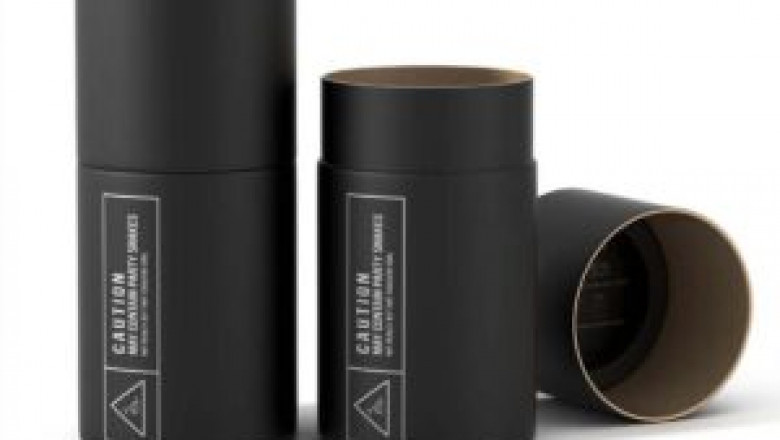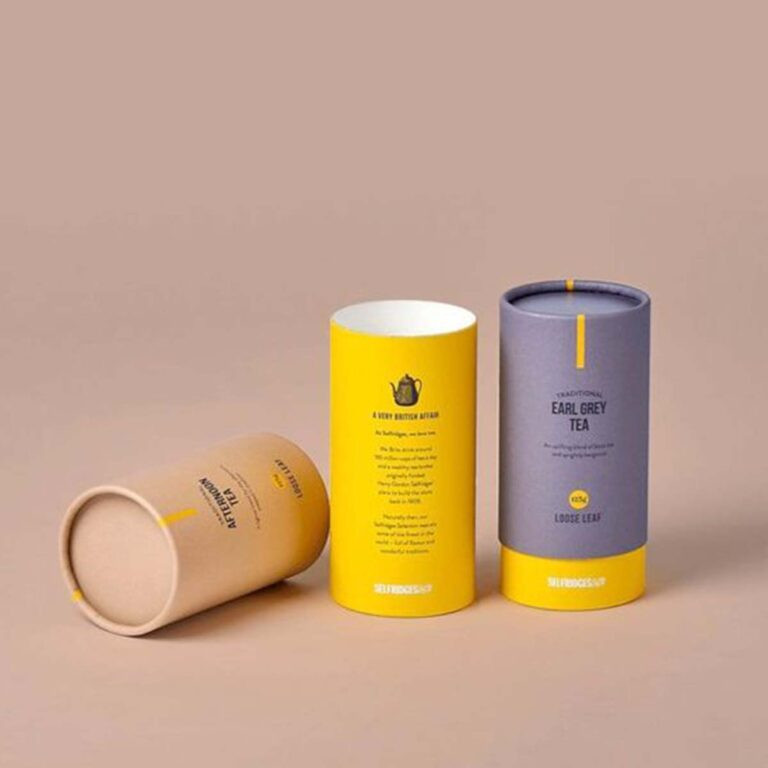views
Paper tubes have emerged as an innovative and eco-friendly alternative in numerous industries. From packaging to construction, these cylindrical structures serve multiple purposes while reducing environmental impact. Businesses and consumers alike are recognizing the benefits of using paper-based materials over plastic and metal alternatives. This shift not only helps in waste reduction but also promotes sustainability in various applications.
Understanding Paper Tubes
Paper tubes, also known as cardboard tubes, consist of multiple layers of wound paperboard. Manufacturers bond these layers using adhesives, creating sturdy and durable tubes suitable for different functions. These tubes vary in thickness, diameter, and length, depending on their intended use. Some common industries utilizing paper tubes include packaging, construction, textiles, and even food storage.
Applications of Paper Tubes
1. Packaging and Shipping
One of the primary applications of paper tubes is in packaging. Many companies use them for mailing posters, blueprints, and other delicate documents that require protection. Unlike traditional rectangular boxes, cylindrical tubes provide better support against bending and creasing. In addition, they are lightweight, reducing shipping costs and enhancing ease of handling.
2. Construction Industry
Builders and architects rely on paper tubes for creating concrete forms. These tubes serve as molds for cylindrical concrete structures, such as pillars and columns. Due to their biodegradable nature, they offer an environmentally friendly solution compared to metal or plastic molds. Additionally, they are cost-effective and easy to transport.
3. Textile and Fabric Industry
Textile manufacturers use paper tubes as cores for rolling fabrics, carpets, and wallpapers. These tubes maintain the structure of the material, preventing wrinkles and damages during storage and transportation. Their lightweight and sturdy nature make them an ideal choice for the industry.
4. Arts and Crafts
Artists and craft enthusiasts frequently use paper tubes for DIY projects. These tubes act as a versatile material for creating decorative pieces, furniture, and even children’s toys. Schools and organizations promoting sustainable crafting often encourage the reuse of paper tubes to minimize waste.
5. Food Industry
Certain food packaging solutions incorporate paper tubes, especially in storing snacks, tea, and coffee. The food industry prefers them due to their ability to maintain product freshness and provide a biodegradable alternative to plastic packaging. Additionally, their sturdy structure ensures safe storage and transportation.
Advantages of Using Paper Tubes
Eco-Friendliness
One of the biggest advantages of paper tubes is their sustainability. Unlike plastic, which takes hundreds of years to decompose, paper tubes break down much faster and can be recycled efficiently. Many companies have adopted them as a step toward reducing their carbon footprint.
Cost-Effectiveness
Compared to metal or plastic alternatives, paper tubes are significantly cheaper. The manufacturing process requires fewer resources, making them an affordable choice for businesses. Furthermore, their lightweight nature reduces transportation costs.
Durability and Strength
Despite being made from paper, these tubes offer impressive strength and durability. Their layered structure allows them to withstand pressure and impact, making them suitable for heavy-duty applications like construction and packaging.
Customization Options
Manufacturers can easily customize paper tubes to meet specific industry needs. They come in various sizes, thicknesses, and designs. Businesses can even add branding elements, such as printed logos and colors, making them an excellent marketing tool.
Future of Paper Tubes in a Sustainable World
As industries move toward greener alternatives, paper tubes will likely see increased adoption. Innovations in material science and recycling technologies will further enhance their applications. Governments and businesses pushing for sustainable packaging solutions will also play a role in their widespread use.
Conclusion
Paper tubes present a versatile, sustainable, and cost-effective solution for multiple industries. Their ability to replace plastic and metal alternatives makes them a preferred choice in packaging, construction, textiles, and more. As the world embraces sustainability, the role of paper tubes will only expand, proving that even simple materials can drive significant environmental change.















Comments
0 comment